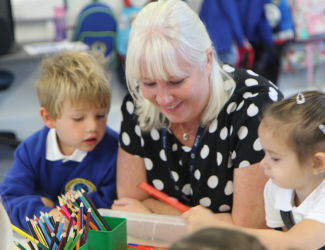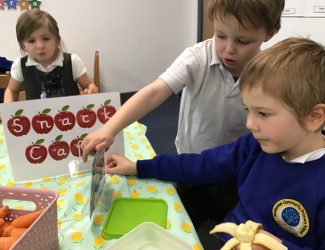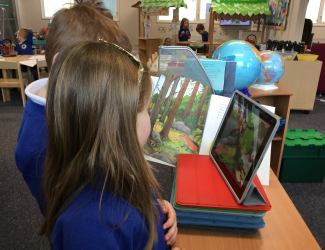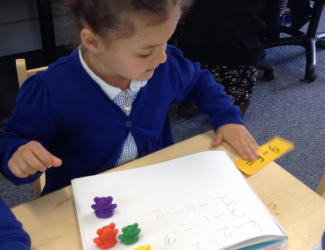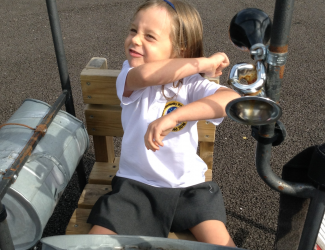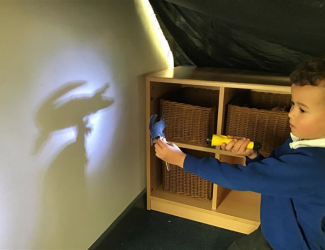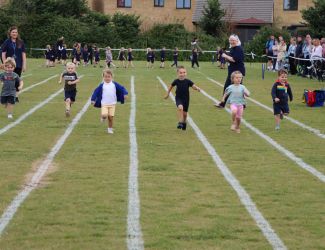Reception Literacy Curriculum
Children will be taught...
EYFS Development Matters Statements Three to Four Year Olds
- Understand the five key concepts about print:
- Print has meaning
- Print can have different purposes
- We read English text from left to right and from top to bottom
- The names of the different parts of a book
- Page sequencing
- Develop their phonological awareness, so that they can:
- Spot and suggest rhymes
- Count or clap syllables in a word
- Recognise words with the same initial sound, such as money and mother
- Engage in extended conversations about stories, learning new vocabulary.
- Use some of their print and letter knowledge in their early writing. For example: writing a pretend shopping list that starts at the top of the page; writing ‘m’ for mummy.
- Write some or all of their name.
- Write some letters accurately.
EYFS Development Matters Statements Children in Reception
- Read individual letters by saying the sounds for them.
- Blend sounds into words, so that they can read short words made up of known letter-sound correspondences.
- Read some letter groups that each represent one sound and say sounds for them.
- Read a few common exception words matched to the school’s phonic programme.
- Read simple phrases and sentences made up of words with known letter–sound correspondences and, where necessary, a few exception words.
- Re-read these books to build up their confidence in word reading, their fluency and their understanding and enjoyment.
- Form lower-case and capital letters correctly.
- Spell words by identifying the sounds and then writing the sound with letter/s.
- Write short sentences with words with known letter-sound correspondences using a capital letter and full stop.
- Re-read what they have written to check that it makes sense.
Early Learning Goals
Comprehension
- Demonstrate understanding of what has been read to them by retelling stories and narratives using their own words and recently introduced vocabulary.
- Anticipate (where appropriate) key events in stories.
- Use and understand recently introduced vocabulary during discussions about stories, non-fiction, rhymes and poems and during role play.
Word Reading
- Say a sound for each letter in the alphabet and at least 10 digraphs.
- Read words consistent with their phonic knowledge by sound-blending.
- Read aloud simple sentences and books that are consistent with their phonic knowledge, including some common exception words.
Writing
- Write recognisable letters, most of which are correctly formed.
- Spell words by identifying sounds in them and representing the sounds with a letter or letters.
- Write recognisable letters, most of which are correctly formed.

